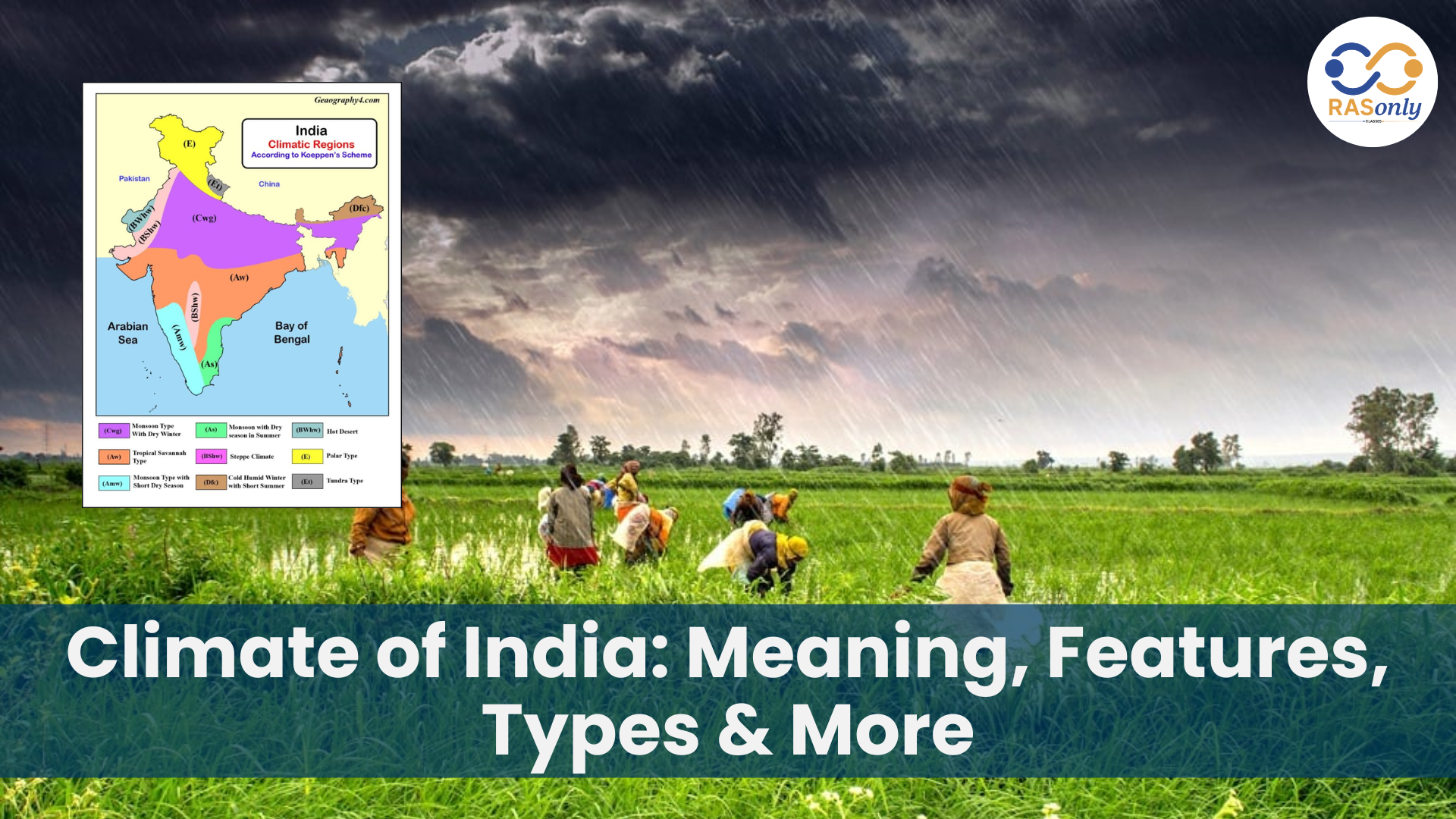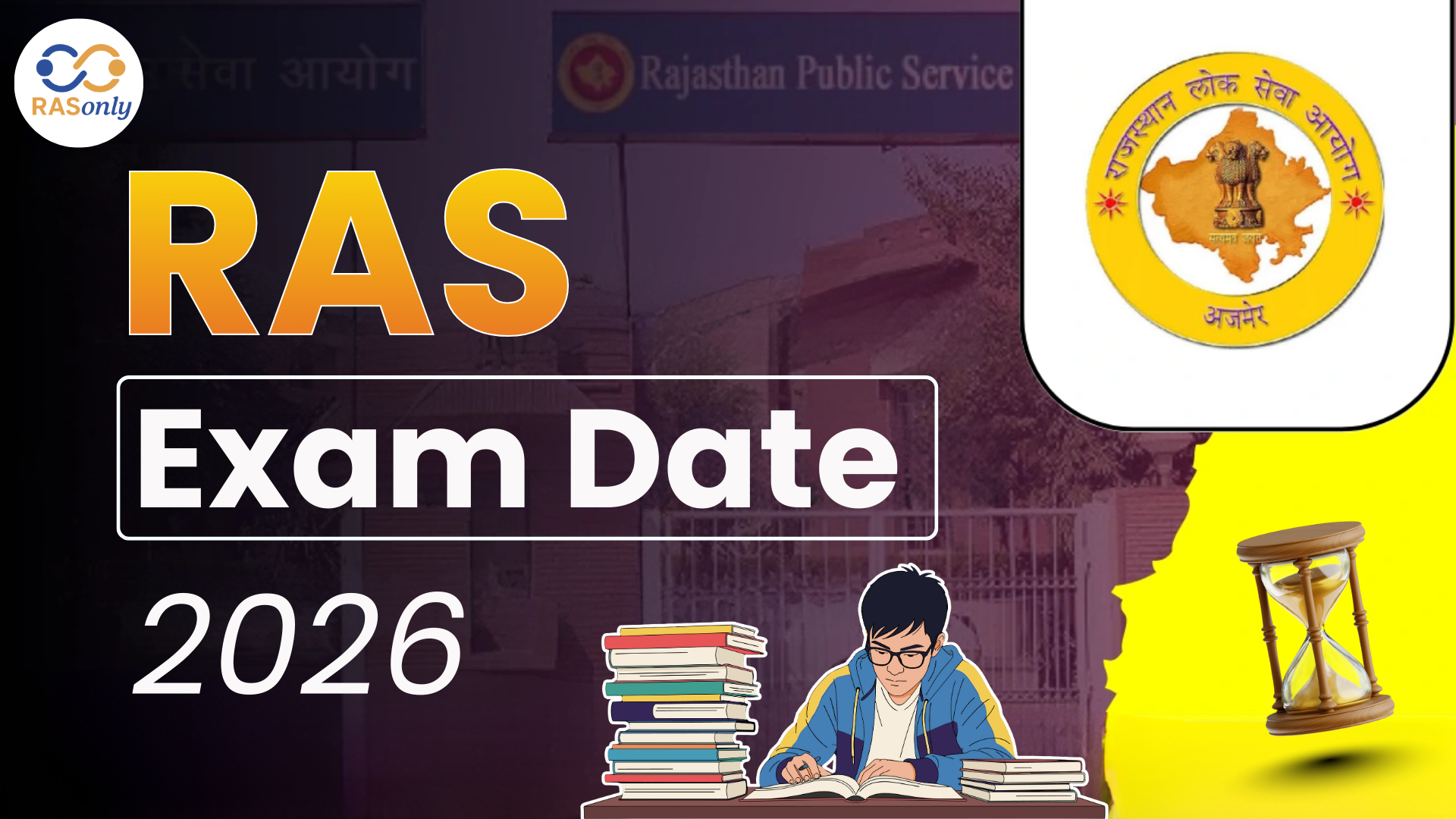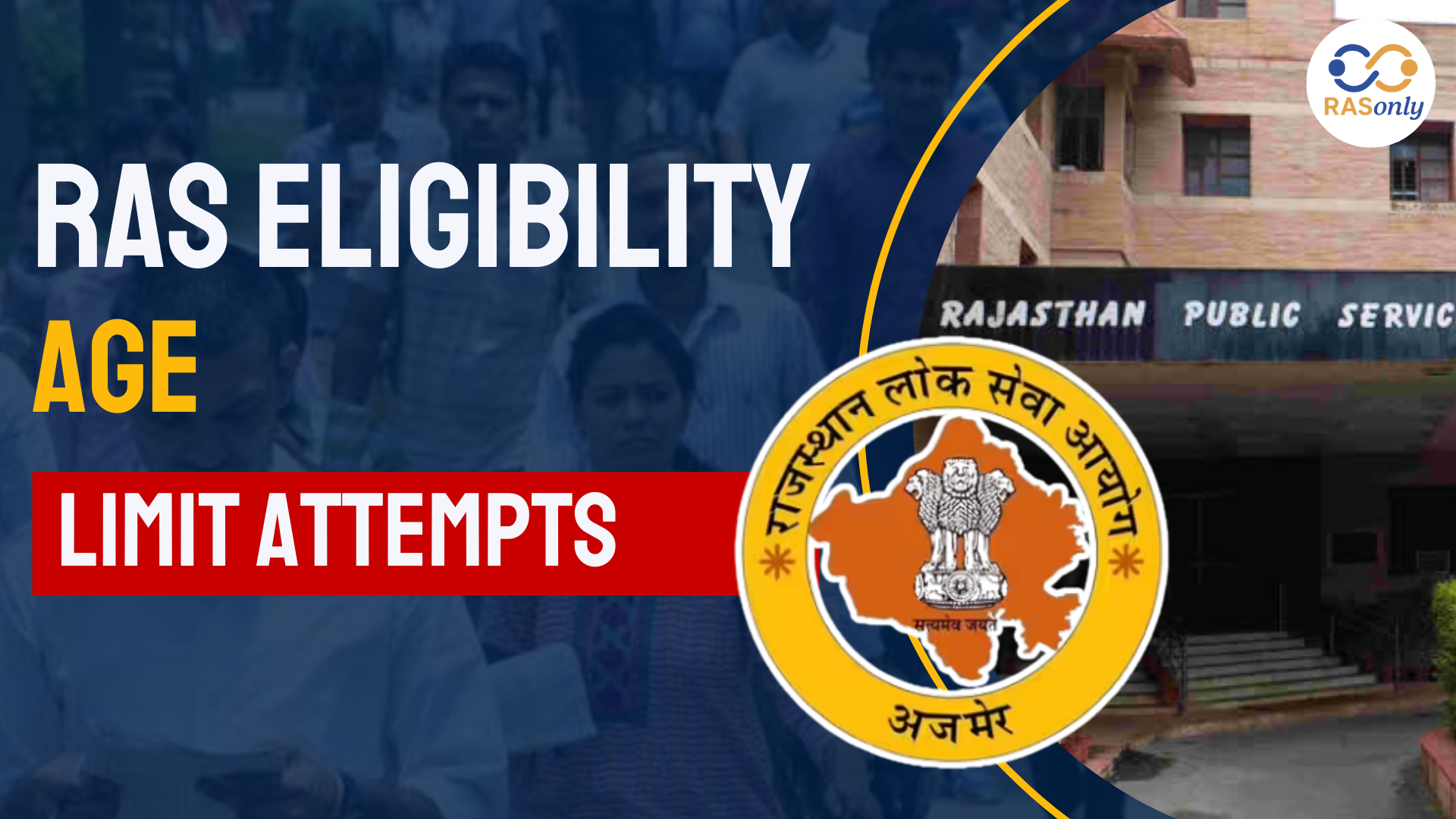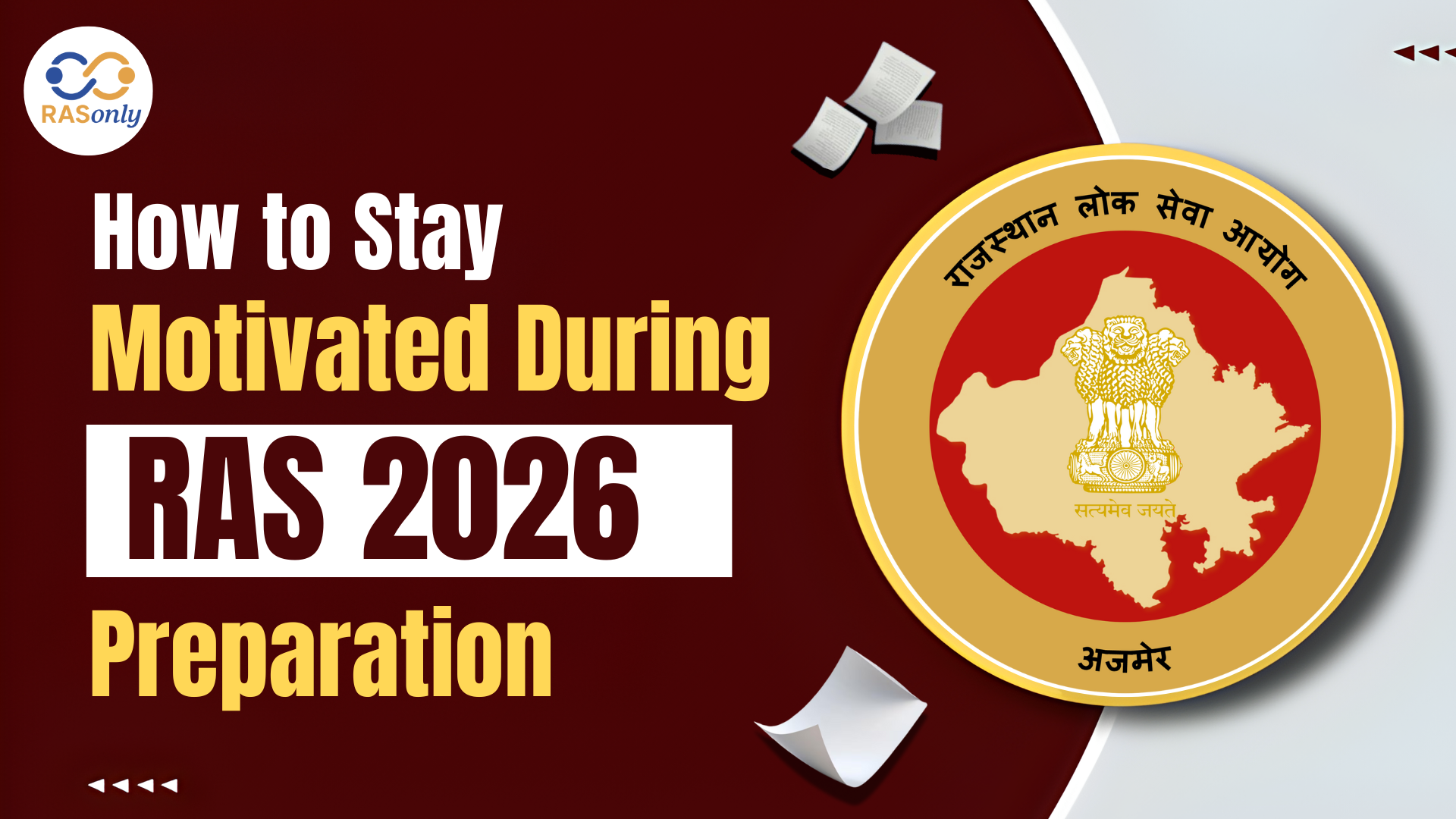RAS Exam Date 2026 for Notification, Prelims, Mains Date
- >
- RAS Preparation Resources
- >
- Climate of India: Meaning, Features, Types & More
Climate of India: Meaning, Features, Types & More

The weather of India is mainly tropical monsoon which has a strong seasonal change in temperature and precipitation. This high level of climatic diversity sustains a vast diversity of ecosystems and agricultural activities in the country. This paper sets out to research the specifics, aspects and seasonal variations of India climate in relation to its effects on the weather of regions and the overall effect on life and farming.

The Indian climate can be termed as mainly tropical monsoon where there is a great difference in temperature and rainfall across the seasons. This climate variability allows a broad ecosystem and farming activities. The massive geography of India of different latitudes and topography makes India have different climates within the country such as arid in the northwest and temperate in Himalayas.
What is Climate?
- Climate is actually a long-term sequence of change of atmospheric conditions, which include temperature, humidity, pressure, and precipitation. Where weather is the immediate state of the atmosphere, climate is the average weather over a longer period of time, usually 30 years or more. Climate has an influence on ecosystems, agriculture and human activities for a longer period.
- India has mostly a tropical monsoon climate but because of its enormous geographical coverage and expansion it has got many climates:
- Tropical in the south
- Arid in the northwest (Rajasthan and Gujarat)
- Temperate in the Himalayan region in the north
- Subtropical in parts of central and eastern India
- Coastal in areas along the west and east coasts
Salient Features of the Climate of India
The features of the Indian climate are explained below:
Reversal of Winds
A defining feature of India’s climate is the seasonal reversal of winds.
- Winter: Winds blow from the northeast toward the southwest. They are dry, cool, and linked with high-pressure conditions over the land.
- Summer: The direction flips. Winds come from the southwest toward the northeast. These are the monsoon winds, warm and moisture-laden, created by low-pressure conditions over the subcontinent.
Seasonal and Variable Rainfall
- In India, over 80% of the annual rainfall occurs during the latter part of the summer, with its duration varying from 1 to 5 months, depending on the region.
- This rainfall often comes in the form of intense downpours, leading to issues such as floods and soil erosion.
- There can be prolonged periods of heavy rain followed by extended dry spells.
- Additionally, rainfall distribution is highly variable across the country; for example, Tura in the Garo Hills of Meghalaya can receive as much rainfall in a single day as Jaisalmer does in a decade.
- The Indian climate is characterized by its complexity and extremes. It supports diverse agricultural activities and the cultivation of a wide range of crops from tropical to temperate and frigid regions.
Plurality of Seasons
- The Indian climate is characterised by constantly changing weather conditions.
- There are three main seasons, but when considered broader, this number goes to six: winter, fall of winter, spring, summer, rainy, and autumn.
Unity of Indian Climate
- The Himalayas and the associated mountain ranges in the north of India extend from east to west.
- These towering mountain ranges block the cold northerly winds from Central Asia from entering India.
- As a result, even areas north of the tropic of Cancer experience a tropical climate.
- The Himalayas also act as a barrier, compelling the monsoon winds to release their moisture over the Indian subcontinent, thereby influencing the entire country’s monsoon-type climate.
Diversity of Indian Climate
- Even though the Indian climate is generally united, there are serious regional differences.
- An example is that the temperature in western Rajasthan would go up to 55°C in summer, and down to -45°C in winter in the regions around Leh.
- Such variations in temperature, winds, rainfalls, humidity and aridity are influenced by the geographical location, altitude, closeness to the sea, distance to mountains, and topography of the area.
Natural Disasters
- Indian climate with its distinctive weather conditions and particularly the amount of rainfall have a tendency to be affected by natural disasters like floods, droughts, famine, and even epidemics.
Facts Impacting the Indian Climate
Physiographic Features:
- Latitude and Location: India is separated by the Tropic of Cancer which has created a temperature and precipitation difference between the northern region (on the temperate zone) and the southern ends (on the tropical zone).
- The Himalayas: They provide a shield between India and harsh winds in Central Asia and the winds that carry monsoons.
- Closeness to the Sea: The sea acts to temper temperatures in coastal regions whereas extreme weather that is characterized by extreme fluctuating temperatures occur in interior regions.
- Altitude: An increase in altitude leads to a coolness in comparison to lower altitudes, because of low air pressure as well as lack of heating.
Air Pressure, and Wind:
- Differences in pressure: In summer a low pressure area is caused by the intense heat experienced in the northern plains and this attracts the monsoon winds into the region which causes rainfall.
- Winds: Monsoon wind brings the rains to India and the land and sea breezes have different balances along the coast as well as in the interiors.
Geographical Factors:
- Jet Streams: Jet Streams are winds that appear high up in the atmosphere and determine when the monsoons are arriving or withdrawing.
- Western Disturbances: These are low pressure formations of the Mediterranean, which cause winter precipitation in northern India.
- Around Regions: India monsoon and dry seasons are affected by weather conditions of other nations such as East Africa, Iran and Tibet.
- Oceanic conditions: Cyclones and typhoons of the Indian Ocean have a tendency of striking the eastern coast in India.
India Climate Diversity
The climate in India is quite different as it has got varied geographical characteristics:
- Tropical Monsoon: Bangalore, southern and central parts of India in particular, experiences hot humid weather with rains in large amounts during the monsoon season.
- Desert Climate: Western Rajasthan where it is extremely hot during the day and really cold at night.
- Temperate and Frigid: The Himalayans come under cold and temperate climates where there is snowfall during winter.
Seasons in India
- Cold Weather Season (Dec-Feb):
- It is defined by a dry and cool climate. Northern India is low in temperature and the south is not so cold.
- Hot Weather Season (March to May):
- The country begins to experience increased temperatures particularly in the plains and central India that results in low-pressure areas and monsoon winds that arrive.
- June-September Southwest Monsoon Season (June-September):
- The southwest monsoon winds that bring moisture of the Indian Ocean to most of India owing to heavy rains.
- Withdrawing Monsoon (October to November):
- Identified by the retreat of the monsoon winds and a progressive reduction in rain precipitation, with some cyclones and post-monsoon rains.
Conclusion
The climate of India is quite varied and this comes as a result of the geographical and meteorological phenomena that affect it. Climate in the country affects agriculture, water resources, and daily activities in the country, and it is quite essential to comprehend and control the patterns to achieve sustainable development. The geographical differences in temperature, rainfall, and changes in seasons demonstrate the complexity of the climate in India and the need of the adaptable response to reduce the impacts of extreme weather events and establish resiliency within the country.
Also Read: Climate change in India
Post Category
- RAS Salary
- Result
- RAS Admit Card
- RAS Job
- RAS Cutoff
- Preparation Tips
- RAS Answer Key
- RAS Exam Analysis
- RAS Syllabus
- RAS Previous Year Papers
- RPSC RAS Exam Pattern
- RAS Interview
- RAS Mains Exam Date
- RAS Vacancy
- RAS Test Series
- RAS Best Books
- RAS Preparation Resources
- RAS Coaching Centre
- History
- Polity
- Geography
- Economics
- Science
- Art and Culture
- RPSC RAS Application Form
- RPSC RAS Notification
RASonly Interview Guidance Program

Mr. Ashok Jain
Ex-Chief Secretary Govt of Rajasthan
- IAS officer of the 1981 batch, Rajasthan cadre.
- Passionate about mentoring the next generation of RAS officers with real-world insights.
- Got retired in Dec 2017 from the post of Chief Secretary of the state of Rajasthan.

Mr. Guru Charan Rai
Ex-ASP / SP in Jaisalmer
- Guru Charan Rai, IPS (Retd), retired as Inspector General of Police (Security), Rajasthan, Jaipur in 2017.
- Served as ASP and SP in Jaisalmer, Nagaur, Sri Ganganagar, Sawai Madhopur, Dausa, Sikar, and Karauli.
- He also held key positions as DIGP and IGP in the Law and Order division.

Mr. Rakesh Verma
Ex-IAS Officer, B.Tech, MBA, and M.A. (Economics)
- IAS officer of the 1981 batch and retired in Chief Secretary Rank.
- Civil servant of high repute and vast experience.
- Has been teaching UPSC CSE subjects for the last six years.
Related Post
👉🏻 Register Today to Join Classes! 👍🏻
- Team RASOnly -
🎯 Benefits of RASOnly Coaching:
- ✅ 1:1 Mentorship with RAS Officers
- ✅ Experienced and Expert Faculty
- ✅ Free Library Access
- ✅ Daily Minimum 4 Hours Must
- ✅ Comprehensive Study Material
- ✅ Regular Tests & Performance Analysis
- ✅ Personalized Guidance & Doubt Solving
- ✅ Online & Offline Class Options
- ✅ Affordable Fees with Quality Education
Key Highlights:
- 👉🏻 3-Day Refund Policy
- 👉🏻 New Batch Starting from 04 August
- 👉🏻 Registration Amount: Only ₹1000





